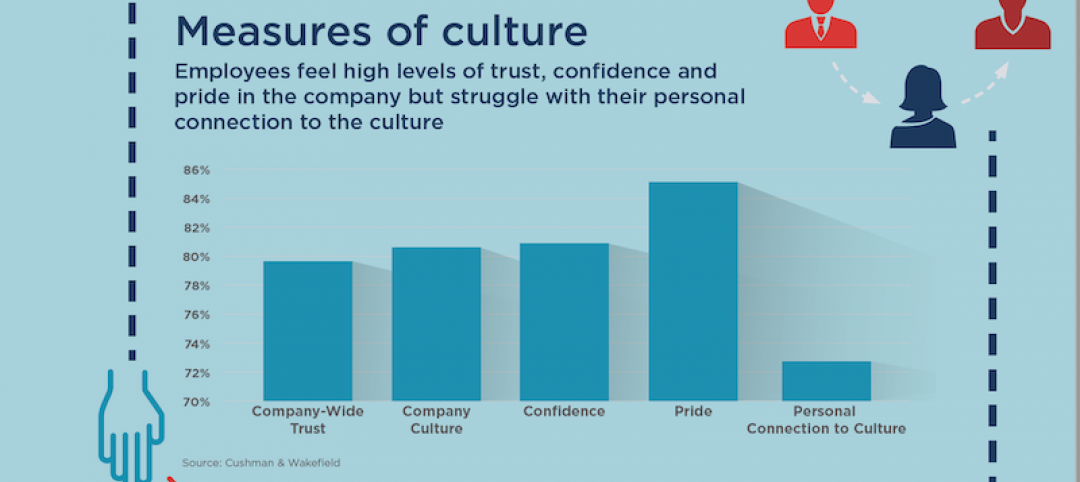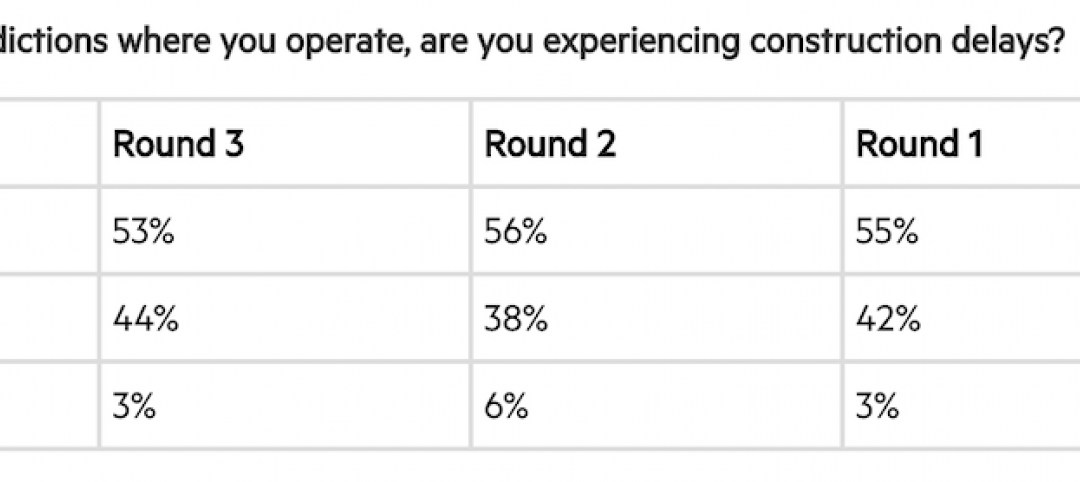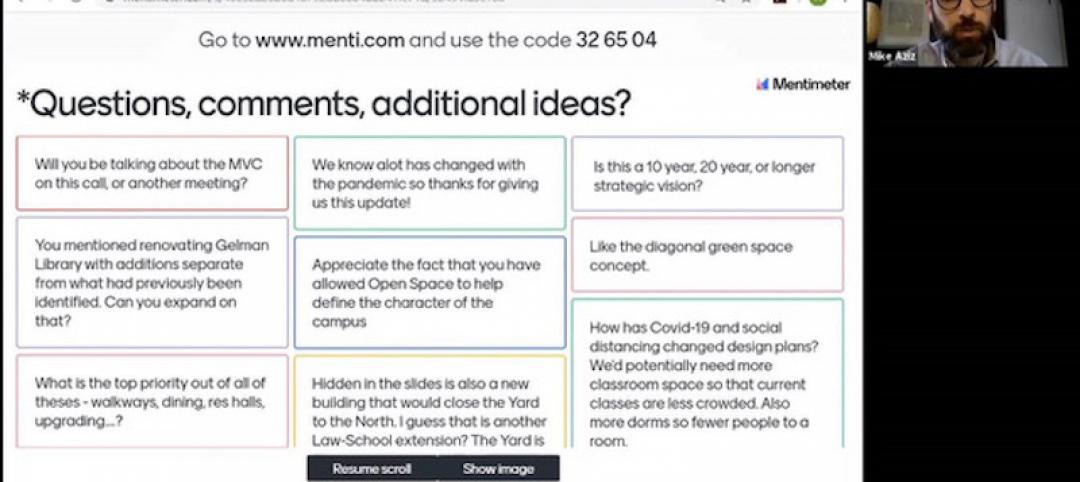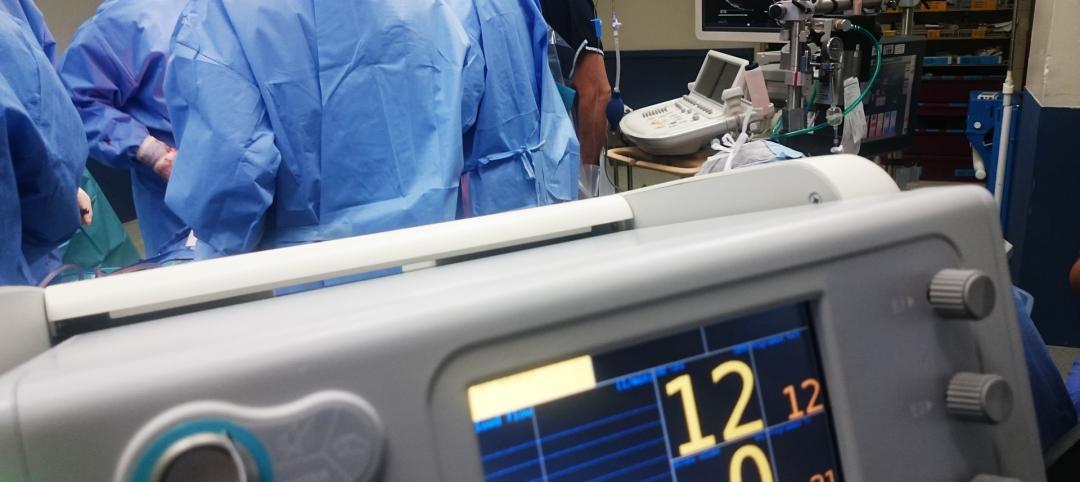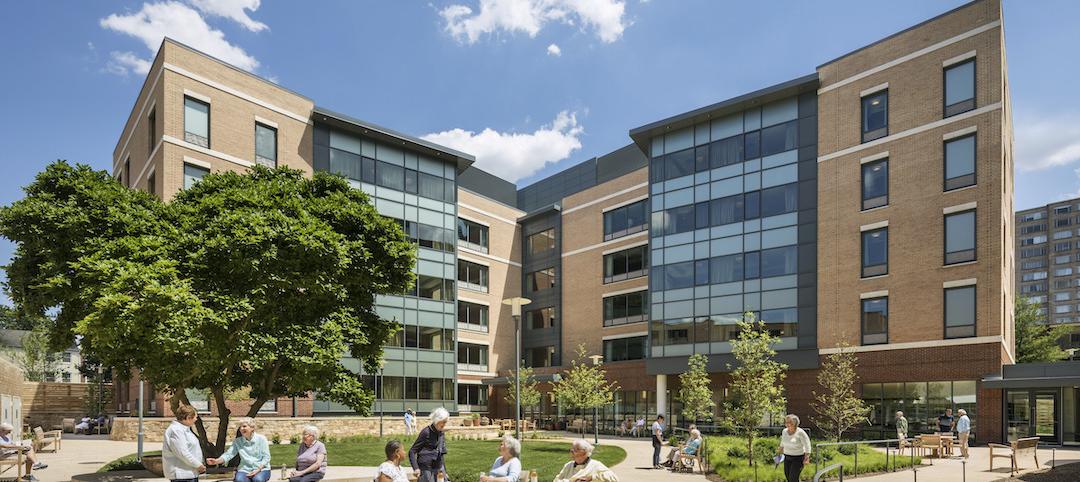On April 20, Marriott International, the world’s largest hotel chain, rolled out its plan to elevate its cleanliness standards and practices to meet new health and safety guidelines and guest expectations presented by the coronavirus pandemic that, as of early April, led to a nearly 80% decline in hotel occupancy in the United States, according to estimates by the hospitality analytics company STR.
Leaving aside the question of why it took a pandemic for Marriott to realize its cleanliness standards needed improving, the plan illustrates how all hoteliers will need to regain guests’ confidence that their properties are safe enough to stay in again without fear of viral infection.
Hotel developers are not sure yet when or to what degree their businesses will recover. They have their fingers crossed that it’s sooner than 2023, which is when Tourism Economics, a data and consulting firm, predicts global travel demand might resume its normal pace.
Urban hotels face more hurdles opening amid the coronavirus
“It is possible that hotels, focused on select service, in less dense, suburban areas might bounce back sooner due to price point, accessibility, and with a building structure that accommodates larger guest rooms and easier access via stairs,” says Shay Lam, Managing Director and Studio Creative Director for New York-based TPG Architecture, which is working on several hospitality projects that are scheduled to open this year, with a focus on responding to post COVID-19 realities.
Urban destinations, on the other hand, might have a harder time reactivating, says Lam. “Everything from density concerns to elevator capacity, and guest room sizes are challenges to overcome. This will all hinge on the industry’s ability to reassure guests that safety and security are paramount.”
To make their facilities safer, TPG is recommending to its hospitality clients that they address changes in three stages: “now,” “near,” and “future.”
“Right now, we are focusing on pragmatic changes such as reducing density in public areas that experience a high-volume of traffic,” says Lam. “We’re also adding clear signage for protocols such as distancing or navigation through a space, or instructions on operational things like how many people should get into an elevator and where to stand.”
For the “near,” hotels should start integrating touchless or voice technology so guests can have a hands-free, frictionless experience that begins at the entry point through the exit. It will also be crucial, says Lam, for hotels to maintain stringent, visible cleaning cycles, and find ways to sanitize commonly used areas, perhaps with air purifiers, steam sterilizers, or UV light sterilization methods.
Hotels will need to consider materials and furnishings that are not just cleanable, but antimicrobial. They must be able to resist heavy cleaning agents without damaging the surface.
Rethinking hotel design post COVID-19
The “future” presents opportunities to rethink hospitality, like changing the size ratio of public space versus guest rooms.
There might also be an increase in sustainable features: For many resorts, all-inclusive buffets are a selling point for those wishing to have the convenience and luxury of having a variety of meals. However, the idea of food laying around for extended periods of time, while being exposed to airborne particles, will not be considered glamorous anymore. Additionally, the waste associated with buffets is not environmentally friendly—leading hotels to provide pre-packed or made-to-order meals at all times.
For hotel staff, TPG is suggesting mandated uniforms that get cleaned and sanitized after every shift by the company, in addition to branded facemasks and hats, and an assortment of PPE (larger hotels and restaurants already do this), UV sanitation lights in the individual locker or cubbies, and of course lots of hand washing.
“The ability of all companies to alleviate staff and guest anxieties about health and security will be essential post-COVID,” says Lam.
Lessons learned from this pandemic, says Lam, find TPG and its clients looking beyond just the physical and aesthetics. “We will need to collaborate with and under the guidance of officials in tech, health, and government to find the right design solutions and strategies. We are seeing similarities throughout all the market sectors, so hospitality is not alone, just like no one is alone in this pandemic. Through developing a deep understanding of our clients and the concerns of their guests, we will be able to stay agile and tackle every challenge that comes our way.”
Related Stories
Coronavirus | May 28, 2020
Cushman & Wakefield report examines work-at-home pros and cons
The office, now part of a larger workplace ecosystem, still reinforces employees’ connections with their companies.
Coronavirus | May 27, 2020
Clean is the new Green as U.S. hospitality sector inches closer to reopening
Three design firms share their takes on what will make customers more comfortable about returning.
Coronavirus | May 26, 2020
Multifamily developers report mounting delays in permitting and starts due to coronavirus pandemic
More than half (53%) of multifamily developer respondents reported construction delays in the jurisdictions where they operate, according to the third edition of the National Multifamily Housing Council (NMHC) COVID-19 Construction Survey.
Coronavirus | May 26, 2020
9 tips for mastering virtual public meetings during the COVID-19 pandemic
Mike Aziz, AIA, presents 9 tips for mastering virtual public meetings during the COVID-19 pandemic.
Coronavirus | May 22, 2020
Designing a health facility for the next pandemic
Planning with intent is the key to readiness, states Eppstein Uhen Architects, the guide’s author.
Coronavirus | May 22, 2020
COVID-19: Healthcare designers look to the future of medical facilities in light of coronavirus pandemic
The American College of Healthcare Architects (ACHA) has released the key findings of a survey of its members revealing their insights on the future of healthcare architecture and the role of design in the context of the COVID-19 healthcare crisis.
Coronavirus | May 18, 2020
Will empty hotels provide an answer for affordable housing shortage?
A Los Angeles-based startup sees the Midwest as most fertile for adaptive reuse.
Coronavirus | May 18, 2020
Infection control in office buildings: Preparing for re-occupancy amid the coronavirus
Making workplaces safer will require behavioral resolve nudged by design.
Coronavirus | May 18, 2020
Global design firms collaborate on new COVID-19 mobile testing lab to bring testing to vulnerable communities worldwide
Perkins and Will, Schmidt Hammer Lassen Architects, and Arup Group develop scalable solutions for increased testing capacity within high-density and under-served neighborhoods.
Coronavirus | May 11, 2020
Experts offer a 13-point plan to reduce coronavirus deaths in nursing homes
Two nationally recognized experts in the design of senior living facilities offer a 13-point plan to protect our frailest citizens.



